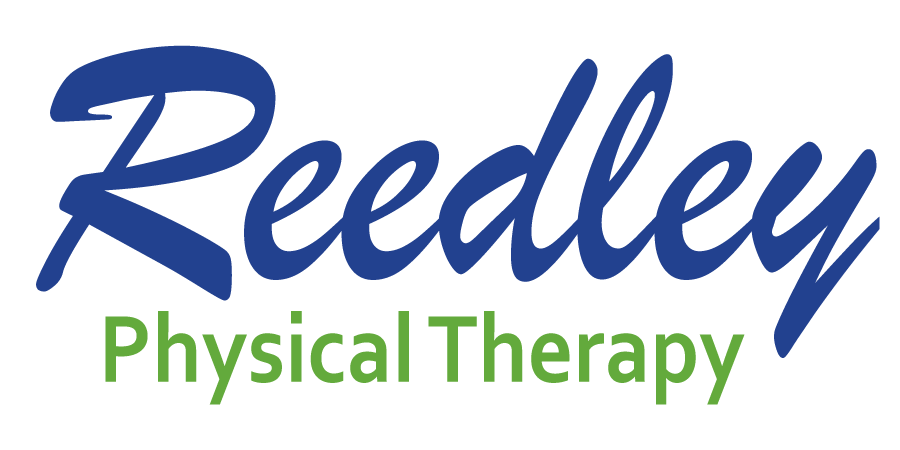Squats: The King/Queen of Movement
(Note: We originally talked about this in June 2016. It bears repeating. There is not a day in the clinic working with patients and athletes of all ages that we do not look at how well they can perform this fundamental movement.)
Have you ever really thought about how many times a day you move from a sitting to standing or standing to sitting position (a.k.a. squat)? 5, 10, 15 times a day? Let’s just look at a typical start to our day: We get out of bed (squat), we use the restroom (women squat), we sit down for breakfast then get up from breakfast, we get in/out of our car to go to work, we might go up/down stairs (single leg squat), you get the idea. There just isn’t another single daily movement in life that I think we do more often than squat. The Squat is the king/queen of movements – no other movement is as complex or as basic as a squat. We all squat, every day, many times.
The squat is a glorious synchronization of movement from head to toe. We learn to squat somewhere between 12-18 months old and we should strive to be able to squat for the rest of our lives.
What’s so great about the squat?
Well, the squat requires us to move our large joints (ankles, knees and hips) while at the same time requires us to stabilize our spine/trunk. The movement requires our body to work together as a single unit. Performing squats throughout the day helps our joints to maintain their ability to move (mobility), it keeps our muscles strong, it nourishes our joints through compression, helps to maintain bone density and helps us to maintain our ability to balance. Not to mention that squats burn calories.
In my physical therapy practice, there is not a day that goes by that I do not teach someone how to perform a squat. Squats are the greatest functional movement for life and good squat mechanics are important so that we can maintain the ability to squat throughout our lifetime.
Here are Squat basics for a Chair Squat: (use a firm chair that is stable to practice)
- Start with your feet shoulder or hip width apart – toes may turn slightly outward.
- Keep your feet flat on the floor with your weight in the center of your foot.
- Start the movement by reaching your hips back for the chair, then begin to bend your knees.
- Keep your spine/trunk upright and neutral and continue bending hips and knees until you reach the chair.
- Do not let your knees go too far out in front of your toes or let them fall to toward the inside of your feet.
- Be sure that you control your descent and do not bottom out or drop into the chair.
- Only use your hands for help if you are unable to perform without the use of hands – progress to not using your hands
A great way to improve your squat is to start with 10 repetitions per day progressing up to 20-30 reps. (Initially you may feel soreness in your muscles however this will improve if you keep practicing your squats.)
TIP: Focusing on slowly lowering will improve strength in your legs faster.
Squatting should be pain-free so if you experience any pain with the squatting movement, you should contact your local physical therapist for an assessment and possible modifications.
The squat is our greatest functional movement, from before we learn to walk and throughout our life. If you do nothing else – maintain your ability to squat.


